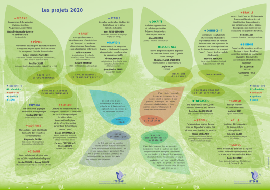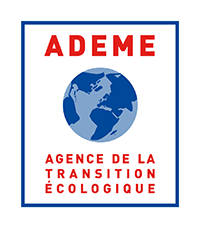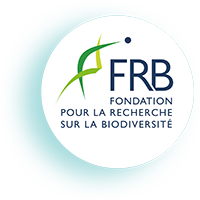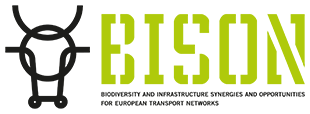DYNARP (2)
- Dynamics and Management of Asian Knotweed at the Landscape Level, Impacts and Perceptions
Dynamics and Management of Asian Knotweed at the Landscape Level, Impacts and Perceptions
{Mp4} ITWDYNARP720 {/ mp4}
Linear transport infrastructures and their right-of-way (ILTe) constitute corridors facilitating or slowing down the circulation of species. The development of invasive alien species is generally linked to anthropogenic movements and can therefore be promoted by the presence and management of these ILTe. Ranked among the worst invasive alien species in Europe and North America, exotic knotweeds grow on ILTe and raise important issues in economic and environmental terms (management, security, biodiversity, etc.). Significant sums are invested for their management, with little feedback on the effectiveness of the different methods used or the role of these methods in the landscape dynamics of these species. This project is a continuation of research carried out at Irstea Grenoble and ENS Lyon. It is built and operated in partnership with the Cerema of L'Isle d'Abeau and is conducted with the support of the expertise of the design office Concept Cours d'Eau. It aims to assess how perception, management, environmental factors and the type of ILTe impact the dynamics of Asian knotweed at the landscape scale.
This project is conducted in parallel on three types of ILTe, road rights-of-way, railways and waterways. It is based on surveys of managers, the comparison of mapping accuracy from satellite, aerial and drone images, surveys of 48 stain boundaries at 5-year intervals, mapping of 8 study sites 1 km long and 200 m wide (totaling 574 spots) and the shared expertise of project researchers and experts for the production of management tools for managers.
The analysis of the photoquestionnaire shows a difference of perception of the different infrastructure managers in their reasons to act against the knotweed. There is also a certain discouragement among managers as to the inefficiency of control operations. The analysis of the remote sensing tools available reflects the difficulty of properly mapping the Knotweeds and in particular separating them from trees and shrubs. On the model landscapes studied, the shapes and stain patterns vary depending on the type of ILTe. The diachronic analysis of knotweed shows in particular a progression of the surfaces related to the initial size of the spots and the distance to a road or a river. There is little impact of mowing and ramet density depends on stain size and light availability. The joint expertise of the project's researchers and experts led to the development of a video guide and video tutorial for ILTe landscape management.












